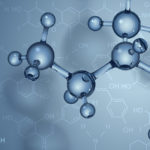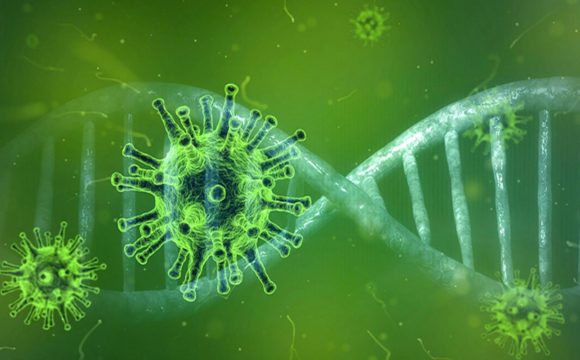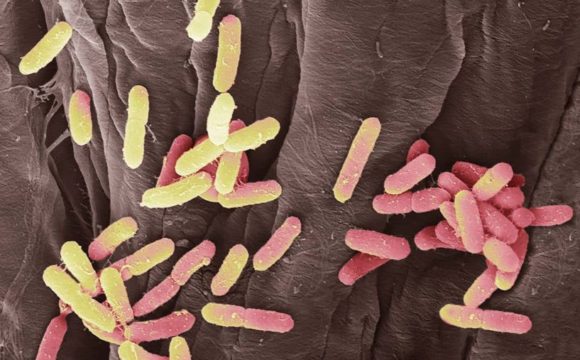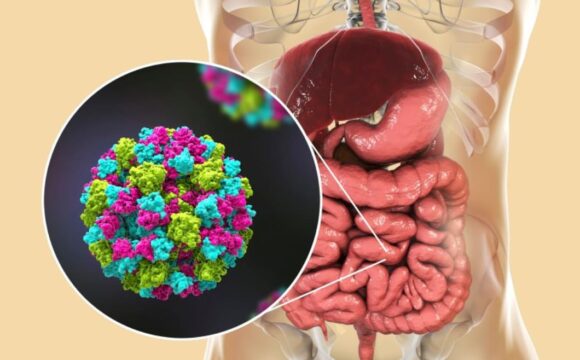Blood collection tubes form an essential part of most pathology and diagnostic labs. Here blood or serum is collected in an evacuated tube system either made of glass or plastic. Previously, glass tubes were mostly used for this purpose but the relative lightweight and easy handling has made plastic tubes more favorable.
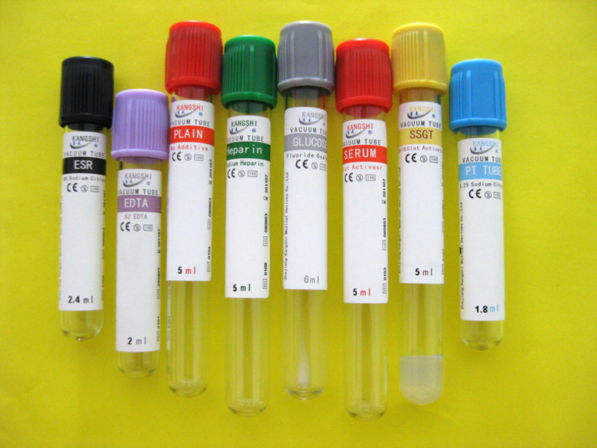
Source: https://mltexpo.blogspot.com/2018/02/various-blood-collection-tubes.html
Although blood collection tubes are universal in their use, they contain a range of reagents, that is, additives which maintain the sanctity of the blood samples depending on our utility.
Additives and their necessity
Generally, additives are either an anti-coagulating agent, preventing blood clotting or a coagulating agent that promotes blood clotting. For most of the diagnostic procedures, we either require the serum or plasma of the blood. This separation is done by centrifuging the collected blood samples. However, without a clot activator, that is, a coagulating agent this separation isn’t possible.
Whatever be it, these additives are of primary importance while collecting blood samples for analysis. Without them, you might not get the desired blood cell constituents in proper conditions.
We have prepared this comprehensive list below to shed more light on blood collection tubes additives and their utility.
- Clot Activator or Gel
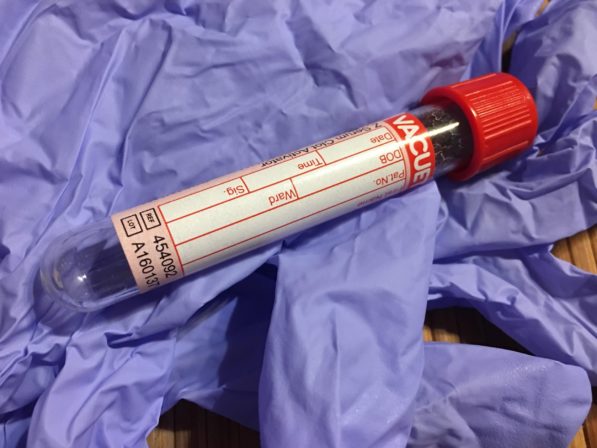
(https://www.pexels.com/photo/business-glove-health-healthcare-236432/)
This type of additives is mostly used by diagnostic centers as it helps in separating the serum and the plasma after centrifugation. Generally, a red or gold tube is used for this purpose and it carries the clot activator which facilitates blood clotting. The clotting factor is silica gel particles that separate the serum. This type of additive tube is widely used a pathology lab for a variety of experiments including, antibody testing, drug testing, serological tests, etc.
- Sodium Citrate
The light Blue colored tube widely used in hematological studies determines clotting factors ( thrombin etc) of blood. This tube contains sodium citrate which is a potent anti-coagulating agent and prevents the blood from clotting. This additive acts by binding to blood calcium, thereby inhibiting blood clotting.
This is used in special lab experiments when we are studying blood clotting and the role of clotting factors.
- Heparin with sodium or lithium or aluminium
This one is mostly used in biochemistry tests such as hormones, drugs, cholesterol, insulin, etc rated tests. Here, the known anti-coagulating agent Heparin is used with sodium, aluminium or lithium metal conjugate. The blood collecting tubes containing heparin is green color and is regularly found in biological labs where metabolism related works are being done. Pathology labs and diagnostic centers working with insulin, cholesterol, etc. studies often use these collection tubes. The Heparin reacts with clotting factors thrombin and prothrombin which in turn prevents the blood from clotting.
- Potassium EDTA

This one acts as an anti-coagulating agent by binding to calcium ions present in the blood. This prevents the blood from clotting and you get the whole blood sample for hematological tests. These Lavender color blood collection tubes are widely used cell defect, and cell count related diseases such as malaria, sickle cell anemia. It’s also used for virological experiments and hence finds a presence in labs that are working for viruses and other diseases. EDTA is always used with a metal ion conjugate such as potassium.
- Sodium Fluoride and Sodium/Potassium Oxalate
These grey colored tubes are often found in labs working with blood glucose level, cholesterol, etc. They contain Sodium Fluoride and Sodium/ Potassium oxalate as additives. The antiglycolytic agent Sodium Fluoride acts by inhibiting glycolysis and hence prevents glucose breakdown in the sample. This helps in determining the blood glucose level and blood alcohol level of the sample. The potassium/sodium oxalate, on the other hand, reacts with calcium and prevents from blood clotting. Thus the whole blood is available for testing. So, in labs where tests regarding blood glucose or lactic acid or blood alcohol, lactose intolerance, etc. are done you will find these tubes.
- Sodium Heparin and Sodium EDTA
This is a seldom used additive used only when you have tests for heavy metals like zinc, lead, mercury, etc. in blood. These Royal blue colored blood collection tubes have sodium Heparin and Sodium EDTA which prevents in thrombin formation, thereby inhibiting blood from clotting. This is widely used in the diagnosis of heavy metal poisoning and their effects.
- SPS and Acid Citrate Dextrose
The yellow tubes containing anticoagulant Sodium Polyanetholsulfonate (SPS) and acid citrate dextrose finds a wide scale use in bio labs as they are a potent tool for detecting bacterial infections. These additives when added to blood and body fluids, blood clotting is inhibited and bacterial growth is stabilized. Thus, it acts as an ideal sample to study and test drugs related to bacterial infections. The SPS particularly helps in recovering the micro-organisms by inhibiting phagocytosis, antibiotic actions and complement activation in the immune system. This type of additives is useful if you are working on DNA and RNA etc.
This makes it clear how blood collection tube additives play a major role in diagnosis and form the basis of many pathological tests.
References:
- https://www.sciencedirect.com/topics/nursing-and-health-professions/blood-collection-tube
- https://www.labce.com/spg263741_blood_collection_tubes.aspx
- https://laboratoryinfo.com/common-blood-collection-tubes-their-additives-and-laboratory-uses/





